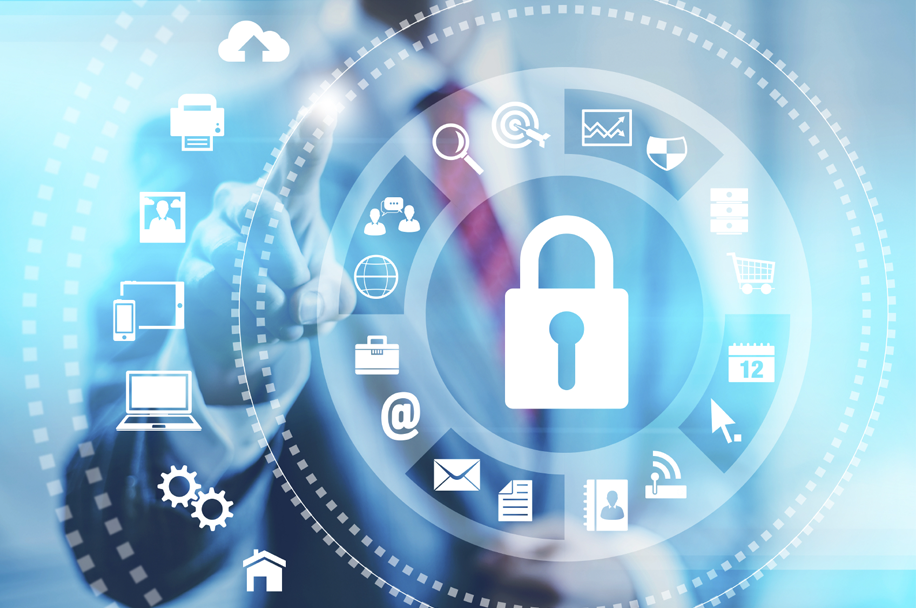 Hackers can enter a manufacturing system through various means, exploiting vulnerabilities in both digital and physical security measures. Here are some common methods hackers might use to infiltrate manufacturing systems:
Hackers can enter a manufacturing system through various means, exploiting vulnerabilities in both digital and physical security measures. Here are some common methods hackers might use to infiltrate manufacturing systems:
-
Phishing Attacks: Phishing attacks involve sending deceptive emails or messages to employees, often with malicious attachments or links. If an employee inadvertently clicks on a malicious link or downloads a file containing malware, the hacker can gain unauthorized access to the manufacturing system.
-
Malware: Hackers may deploy malware, such as viruses, worms, or ransomware, to infect computers or networks within the manufacturing environment. Once installed, malware can steal sensitive data, disrupt operations, or provide backdoor access for hackers to exploit.
-
Weak Passwords: Weak or default passwords can serve as entry points for hackers. If employees use easily guessable passwords or fail to update default credentials on critical systems and devices, hackers may exploit these weaknesses to gain unauthorized access.
-
Unpatched Software: Failure to promptly install security patches and updates leaves manufacturing systems vulnerable to exploitation. Hackers may exploit known vulnerabilities in outdated software or firmware to infiltrate the system and compromise its integrity.

 ISO 27001 and NIST SP 800-115 are two different standards related to information security.
ISO 27001 and NIST SP 800-115 are two different standards related to information security.  In today's digital age, data security is of paramount importance. Businesses must ensure that they have the necessary controls and processes in place to protect sensitive information from theft, misuse, or other forms of unauthorized access. This is where ISO 27001 comes in, an internationally recognized standard for information security management. Implementing this standard can help organizations improve their information security practices, reduce the risk of data breaches, and increase customer confidence in their ability to protect sensitive data.
In today's digital age, data security is of paramount importance. Businesses must ensure that they have the necessary controls and processes in place to protect sensitive information from theft, misuse, or other forms of unauthorized access. This is where ISO 27001 comes in, an internationally recognized standard for information security management. Implementing this standard can help organizations improve their information security practices, reduce the risk of data breaches, and increase customer confidence in their ability to protect sensitive data. People think information security is a technology problem to solve. Often we think anything pertaining to securing information or protection from cyber attacks is only for the I.T. team. Nothing could be further from the truth.
People think information security is a technology problem to solve. Often we think anything pertaining to securing information or protection from cyber attacks is only for the I.T. team. Nothing could be further from the truth.